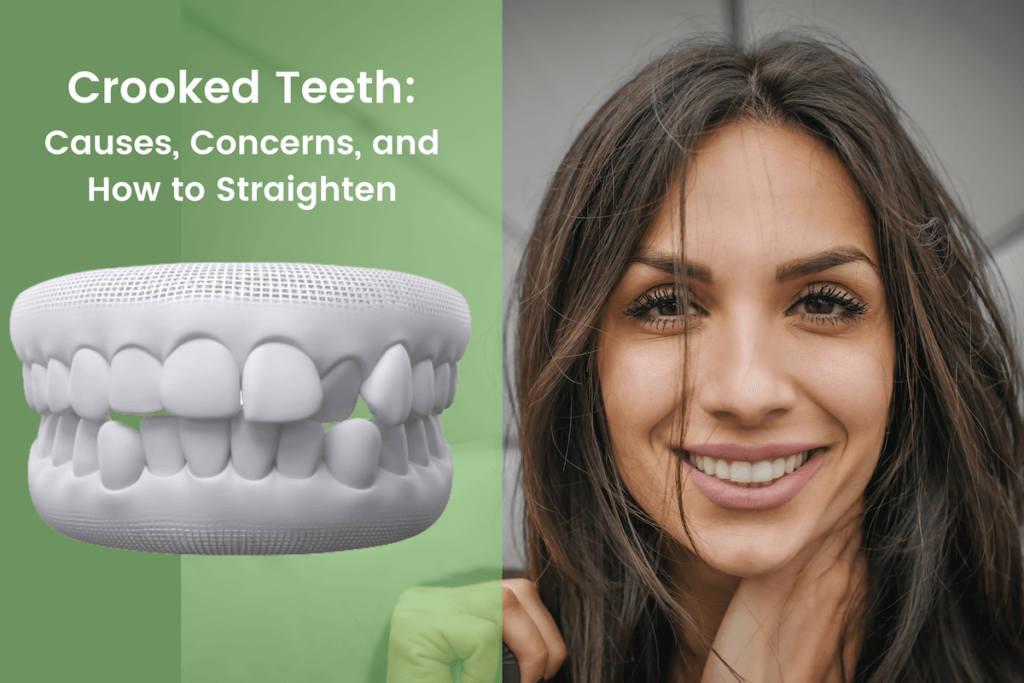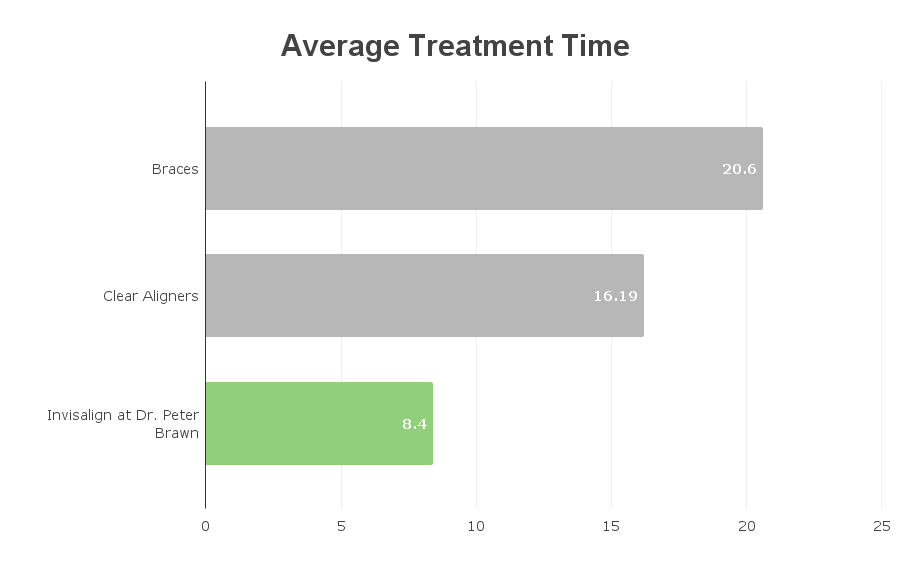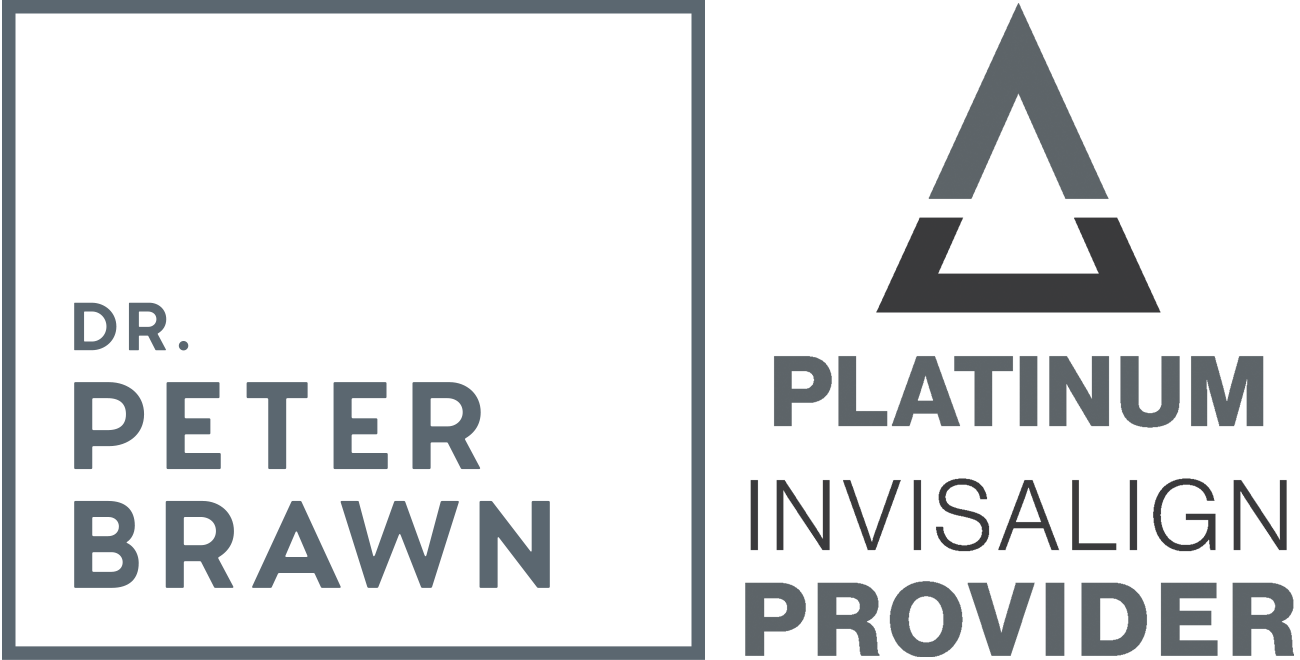
Having crooked teeth is more than just an aesthetic issue. Misaligned teeth (or ‘malocclusion’) can lead to speech impediments, difficulty eating, or even chronic jaw pain.
Whether you’re experiencing regular pain in your jaw muscles and jaw bones or simply wishing you had straighter teeth, we want to help.
Traditional braces are one option to straighten upper and lower teeth. But there are other ways to straighten crooked teeth without braces – for those wanting to avoid the eating restrictions and discomfort that come with them. There are a lot of advantages to your oral habits, too.
Keep reading to find out the causes of crooked teeth, potential concerns related to malocclusion, and how you can straighten your teeth without having to wear braces and risk tooth decay or gum disease.
When you finish, you’ll know all your options and be able to choose confidently.
What is Malocclusion of the Teeth?
Malocclusion of teeth is when there is an improper alignment or bite between the upper and lower teeth.
Traditional braces are one way to straighten crooked teeth but there are other options too that don’t involve traditional orthodontic treatment.
Malocclusion Can Often Mean a Misaligned Jaw, Too
Malocclusion is the imperfect positioning of the teeth when the jaws are closed.
The most common type of malocclusion is called overbite when the upper front teeth overlap the lower teeth more than they should. Other types include underbite (lower teeth overlapping upper), crossbite (upper and lower jaws not meeting correctly) and open bite malocclusion (no contact between opposing tooth surfaces).
Genetics play a role in malocclusion but lifestyle factors and childhood habits such as thumb-sucking or prolonged bottle feeding can also contribute to improperly aligned bites.
In some cases, missing permanent teeth may lead to the shifting of one or more teeth adjacent to the missing teeth – resulting in malocclusion as well.
All of these are common dental ‘diseases’, but can lead to a range of serious problems without the care of an expert. Problems range from:
- what we call self-esteem frustrations like speaking clearly and issues such as ‘buck teeth’, to
- day-to-day difficulties such as being able to chew food properly and real speech difficulties, to most importantly
- serious jaw issues and chronic challenges like constant facial pain, TMJ disorder, and periodontal disease like gingivitis.
Malocclusions, left untreated, can have serious impacts on everything from your mental health to your long-term well-being. In nearly all cases, malocclusions will require treatment – although depending on your case, treatment could be quite minor to correct malocclusion.
Before you get too concerned, ‘treatment’ doesn’t have to mean surgical reshaping and might be more affordable than you think – especially with free consultations at Dr. Peter Brawn.
First, though, let’s discuss how to avoid poor alignment of teeth and tooth overcrowding.
How Does a Single Tooth Become Crooked or Misaligned?
A single tooth can become crooked or misaligned due to genetics, poor myofunctional habits in children or adults (see below), and missing permanent teeth.
This misalignment can put pressure on nerves in the face and neck area leading to jaw pain and other potential issues if left untreated.
In order for successful treatment planning for crooked teeth, it’s ideal if you can identify any underlying causes so that they can be addressed before correcting the alignment of the teeth. That will give you the best chance at keeping your new smile straight.
Poor myofunctional habits
Poor myofunctional habits often contribute to crooked teeth. What are myofunctional habits, exactly, you ask? Great question.
These are childhood habits such as thumb-sucking or prolonged bottle feeding which cause the upper and lower jaws to not meet correctly and thus lead to misalignment in the lower or upper jaw.
Poor myofunctional habits for adults include mouth breathing, tongue thrusting, or persistent lip biting which all can cause misalignment of the jaw resulting in crooked teeth.
These bad habits can lead to common problems such as situations where teeth severely overlap or even cause abnormally shaped teeth.
It is really important to be aware of any poor myofunctional habits you may have and do your best to address them in order to not require treatment for crooked teeth.
Effects of Having Misaligned Teeth in the Jaw
Here are the key effects of having crooked or misaligned teeth on your jaw.
How Misaligned Teeth Affect the Jaw
Misaligned upper and lower teeth can affect your jaw in various ways. The teeth might not fit together properly, leading to problems with your bite.
The poor alignment of teeth can cause tension in your jaw muscles and lead to headaches, and even migraines. This can also affect the jaw joints and put excessive pressure on them.
It’s important to address these problems because they can cause long-term damage if not corrected.
Effects on Your Tone of Voice
Another area that might be affected is your tone of voice.
This might seem likely a small thing to bring up, but we have quite a few patients who are actresses and actors, or somehow rely on their voice as a part of their job. This is about more than mere self-esteem for them – it’s their livelihood.
When your teeth don’t fit together correctly, it causes a change in the airway space behind your lips, which affects how sound waves are produced. This can lead to a different tone of voice, potentially making your speech sound more nasal or affect your enunciation
A change in tone can impact your ability to advance in your career in particular cases, and that’s a big deal. Get a free consultation with us today and ask how we’ll work with you to straighten teeth without impacting your day job.
Common Question About Crooked Teeth
Can malocclusion affect my overall health?
Yes, malocclusion can affect your overall health in a variety of ways. Misaligned lower and upper teeth can lead to difficulties with speaking clearly and chewing food properly, as well as jaw pain and headaches due to TMJ disorder caused by misaligned jaws putting pressure on nerves in the face or neck area.
If you have crooked teeth, there is always the risk of it leading to further issues if left untreated.
What might today seem like a minor issue with your upper front teeth, let’s say, could have potentially painful (and expensive) impacts for you tomorrow. Even if your upper teeth slightly overlap, this could be a sign of more serious issues that won’t be so easy to treat later.
Does teeth grinding (bruxism) cause malocclusion?
Yes, teeth grinding (bruxism) can cause malocclusion by grinding down the enamel and causing them to tilt or become crooked. It can also lead to cracked teeth or abnormally shaped teeth.
This type of malocclusion is especially common in people with clenching or bruxism habits and can affect both baby teeth and adult teeth.
Choosing the Best Option for Straightening a Crooked Tooth
If you’re living in Vancouver and want to know what your options are for straighter front teeth and a better smile, you’re not alone. Misaligned teeth can affect anyone and range from mild to extreme cases.
If you’re ready to own your best smile, get a free consultation today to find out how we save you up to 50% of the time average patients spend in treatment – with the best treatment quality, less discomfort, and competitive prices to what you’d pay for a lot less elsewhere.

There are various treatment methods to straighten teeth that are misaligned – such as metal braces, clear aligners, and others.
Children and adults can both benefit from these treatments, and today’s methods are less noticeable than ever before. With advances in technology, treatments are more accessible than ever and on a broader range of budgets.
Here are the options available for straightening a crooked tooth and getting your best smile without breaking the bank.
1. Traditional Braces (Metal Braces and Lingual Braces)
Metal braces are the most common and traditional way of straightening teeth.
It works by fitting metal brackets (or sometimes ceramic) onto your teeth and connecting them with wires that will apply pressure to reposition your teeth over time.
The duration of dental braces treatment varies depending on the severity of the tooth misalignment. But average braces treatment times in Vancouver and elsewhere in North America are reported to be close to 20 months – or over a year and a half.
Although it’s a proven option, braces treatment does come with downsides.
- It may not be the most aesthetically pleasing choice for everyone.
- It increases the risk of poor oral hygiene because the impacted teeth will have bulky metal brackets and wires attached.
- Scratches on the inside of your mouth from the metal braces and discomfort from poking wires are also typical symptoms.
That’s not to even mention the treatment again, which is measurably longer than some of the other forms of treatment for dental malocclusions.
2. Porcelain Veneers
Porcelain veneers are also an option. They work by attaching wafer-thin porcelain shells over the affected tooth to improve the tooth’s size and shape by closing gaps, correcting mild misalignments and chips.
Placing veneers and crowns on crowded teeth requires substantial drilling away of healthy enamel and can lead to future gum, bone and tooth decay due to the malposition of the teeth and the excessive contour of the veneers or crowns.
For your long-term health, you ideally want teeth positioned in the correct place orthodontically, and this often provides the best cosmetic result too.
While they aren’t a traditional method of straightening teeth, and they don’t do anything to correct the long-term risk to your lower or upper jaw, porcelain veneers are an option people to use correct the cosmetic impacts of crooked teeth.
3. Tooth Contouring
This might be the least invasive type of tooth alteration; however, it is not suitable for severe cases of crooked teeth.
Tooth contouring means removing tiny amounts of enamel from the tooth’s surface to adjust the affected tooth’s shape gradually. It can be a fast and affordable solution for those with minor cosmetic flaws.
4. Invisalign Aligners
For those looking for a more discreet option to align their teeth and don’t want to waste time in long treatment, Invisalign is the perfect solution.
Invisalign uses custom-made clear plastic aligners that fit over the teeth. The aligners gradually move and straighten the teeth over time. One of the most significant advantages of Invisalign is its comfort and virtually invisible appearance.
Invisalign today can handle virtually any complexity of case, and can even exceed what braces can do in some cases. At Dr. Peter Brawn, you’ll get even more with Invisalign:
- Finish treatment 2x faster than average Invisalign patients in Vancouver.
- Enjoy up to 75% less discomfort than typical orthodontics.
- Save time with half the appointments you’d be required to attend elsewhere.
Advantages of Invisalign for Correcting Crooked Teeth
If you’re ready for straighter teeth, it’s time to consider Invisalign. This advanced type of orthodontic treatment offers numerous advantages over traditional braces, making it a popular choice for adults in Vancouver.
Here are the advantages of Invisalign for correcting crooked teeth or jaw alignment and why it may be the right option for you:
1. Virtually Invisible and Comfortable
Invisalign aligners are nearly invisible, which means you can straighten your teeth without anyone noticing. They’re also much more comfortable than traditional braces, which can irritate your gums and cheeks.
Bonus: At Dr. Peter Brawn, we can save you up to 75% of the discomfort you’d experience at other Vancouver orthodontists.
2. Convenient & Equally Great for Upper Teeth and Lower Teeth
One of the biggest advantages of Invisalign is that the treatment is incredibly convenient. Unlike traditional braces, you can remove Invisalign aligners when you eat, brush your teeth, or attend an important event.
It means you won’t have to give up your favorite foods or feel self conscious. Plus, your treatment plan will be mapped out in advance and customized to your case, so you’ll know exactly how long you’ll need to wear your aligners and what to expect throughout the process.
Bonus: Ask us about hidden Invisalign attachments for front teeth and find out how your treatment can get even more discreet.
3. Improved Oral Health & Less Tooth Decay
Crooked teeth can make it difficult to brush and floss effectively, which can lead to tooth decay, gum disease, and other oral health problems. Because Invisalign is completely removable, that won’t be an issue in your treatment at all.
Bonus: Average patients at other Vancouver Invisalign orthodontists change aligner sets every 7-14 days. At Dr. Peter Brawn, most patients change clear aligners about every 4 days – which keeps them fresh and easy to clean.
4. Shorter Treatment Time
Invisalign treatment typically takes less time than traditional braces, so you can have straighter teeth in a shorter amount of time.
The exact length of treatment will depend on your individual needs, but most average patients wear their aligners for about 16-18 months. That’s already shorter than braces, but you can do better…
Bonus: Many patients finish treatment up to 2x faster than average treatment times in Vancouver.

5. Cost-Effective
Finally, Invisalign can be a cost-effective option for straightening your teeth. Today, Invisalign cost is essentially competitive with braces costs.
Bonus: Most Invisalign patients at Dr. Peter Brawn pay between $5,500 – $7,900, which is less than you’ll pay for similar treatment at a lot of dentists and orthodontists in Vancouver.

Crooked Teeth and Malocclusion – Conclusion
Everyone deserves to have a smile they love, and a crooked tooth shouldn’t overshadow that.
Crooked and lost teeth can have visible and invisible impacts on your self esteem, your day-to-day life, and even your longterm well-being.
When it comes to selecting the best option for straightening your crooked tooth, Invisalign might be for you.
With Invisalign at Dr. Peter Brawn, you:
- Finish treatment 2x faster than average Invisalign patients in Vancouver.
- Enjoy up to 75% less discomfort than typical orthodontics.
- Save time with half the appointments you’d be required to attend elsewhere.
Get a free consultation and leave with a better understanding of a personalized plan for your specific case. We’ll make sure you get the treatment that suits your needs best. Be proud of your smile, Vancouver!


